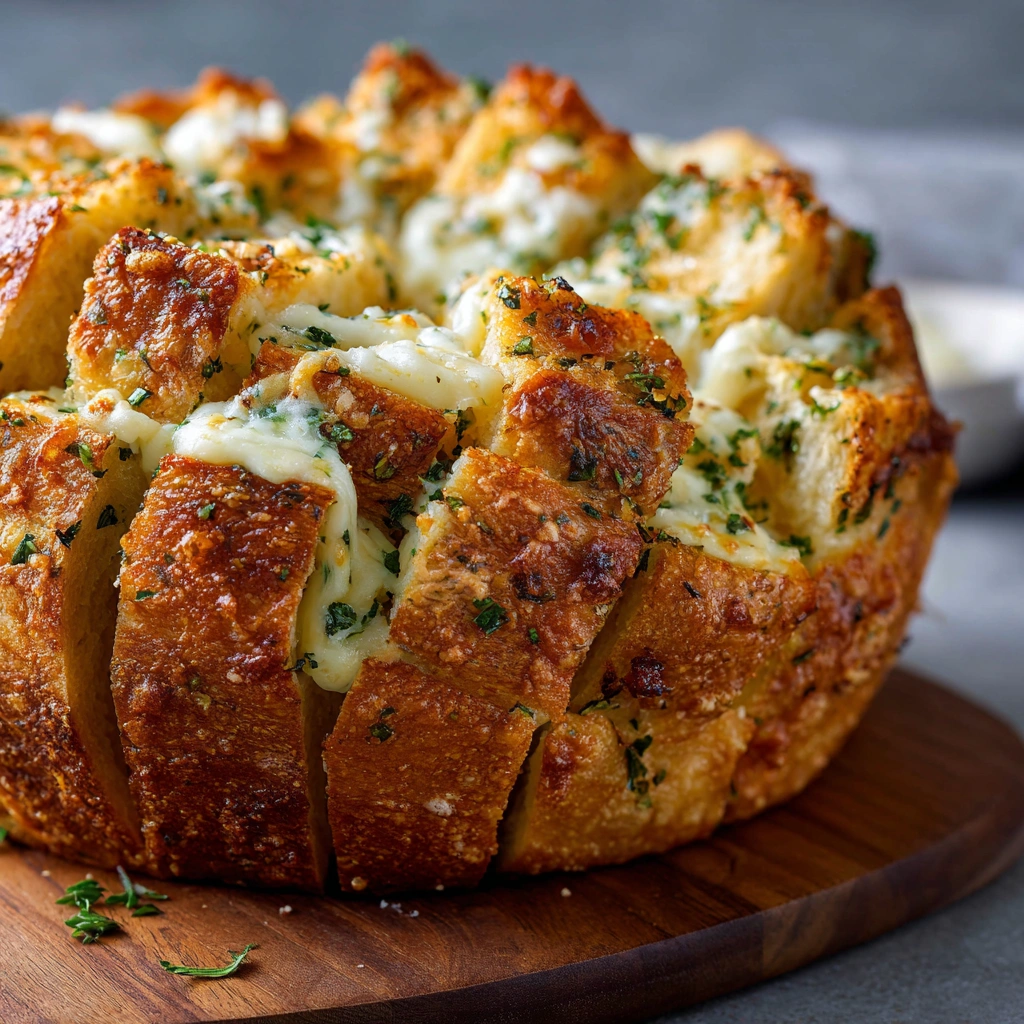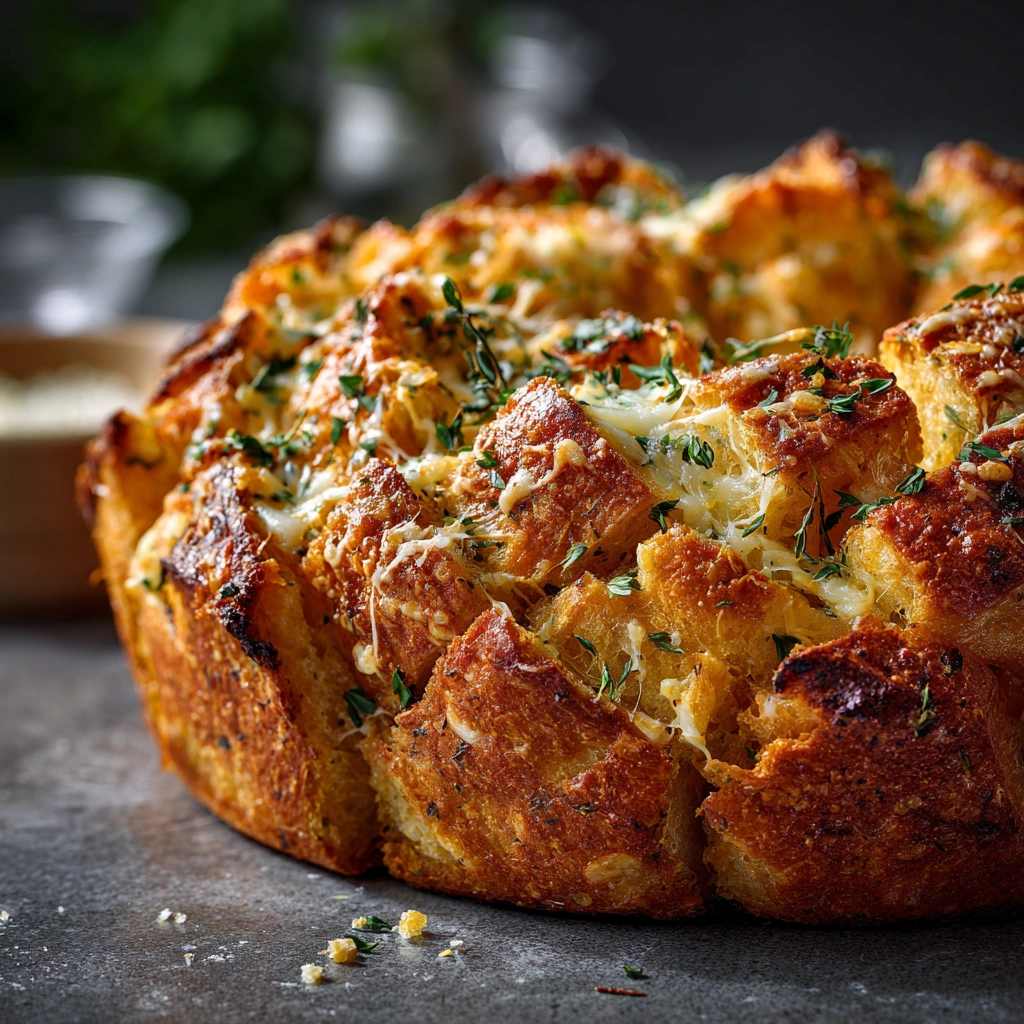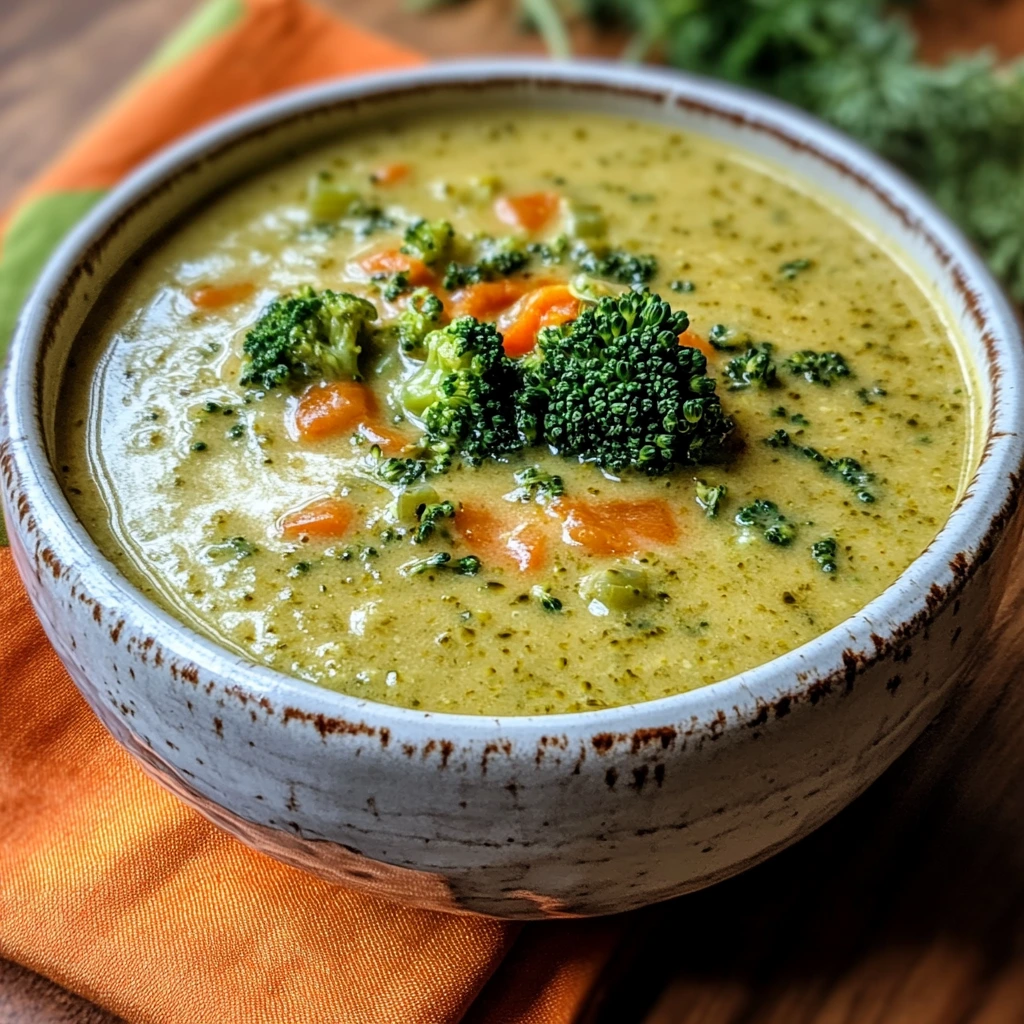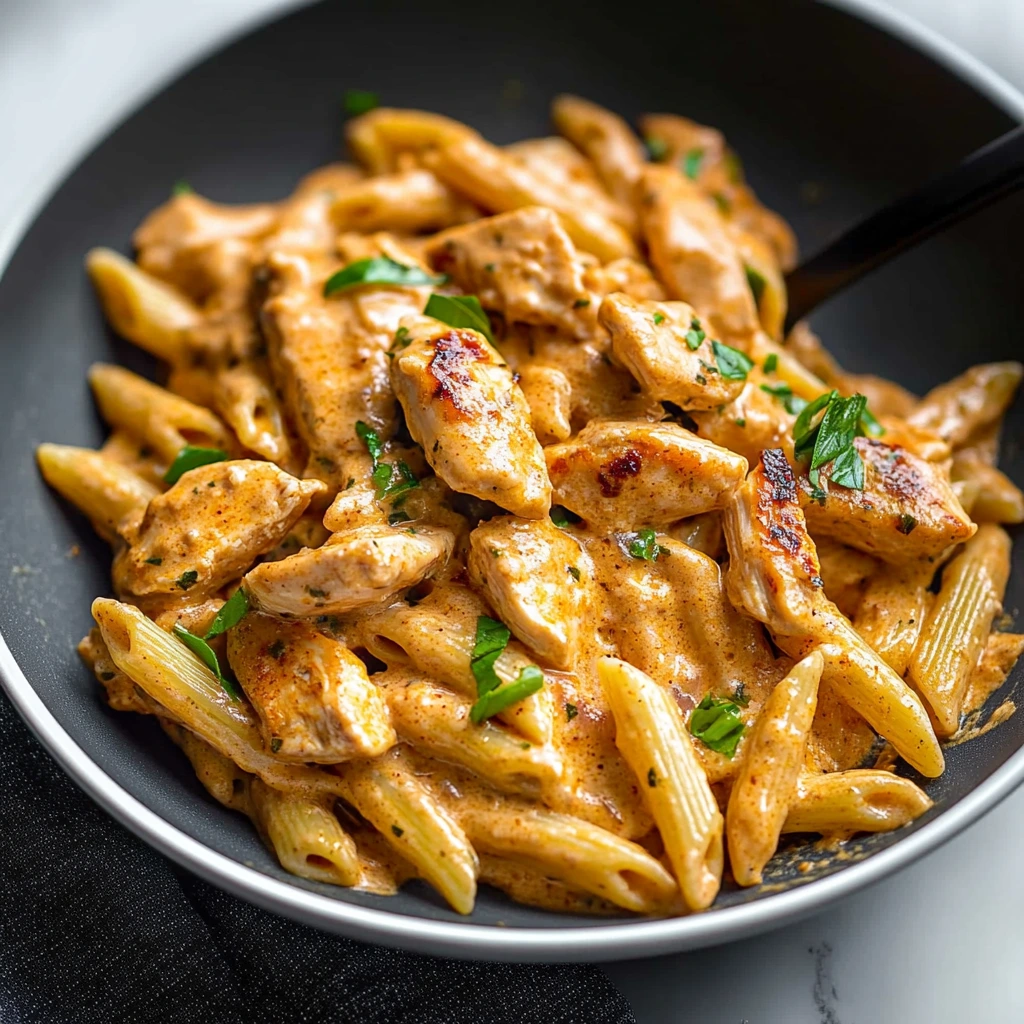Italian herbs and cheese bread is a savory delight that blends the comforting warmth of freshly baked bread with the bold, aromatic flavors of Italian herbs and rich cheeses. Popularized by sandwich chains like Subway and beloved by home bakers, this bread is more than a side dish—it’s a centerpiece of flavor. What sets it apart is its layered complexity: the crust is golden and fragrant, the interior is soft and cheesy, and every bite carries the essence of Mediterranean herbs like oregano, basil, and rosemary. Whether served alongside pasta or used as the base for a gourmet sandwich, Italian herbs and cheese bread captures the rustic heart of Italian cuisine while being endlessly adaptable for modern kitchens. This article will take you through its origins, ingredient secrets, preparation techniques, and flavor combinations that make it a must-try for any baking enthusiast.
A Brief History of Italian Herb Breads
Italian herb breads have deep roots in the culinary traditions of Italy, where bread is more than just food—it’s a cultural staple. From the ancient Roman flatbreads seasoned with olive oil and herbs to the regional specialties like focaccia from Liguria or pane toscano from Tuscany, herbs have long been used to infuse breads with flavor and aroma. Traditionally, herbs were added based on what was locally available—rosemary in northern Italy, oregano in the south, and basil during the summer months. These breads were often baked in wood-fired ovens and served with olive oil, cheese, or wine. Over time, Italian immigrants brought these bread-making techniques abroad, where they evolved into modern versions, including the popular Italian herbs and cheese variety. Today’s home-baked and commercial versions draw on this rich history while adding new cheeses, doughs, and baking techniques to create a flavorful twist on a timeless staple.
Understanding the Ingredients
The beauty of Italian herbs and cheese bread lies in the harmonious balance between simple ingredients and bold flavors. The foundation starts with the dough, which can be made using all-purpose, bread, or even whole wheat flour. Bread flour is ideal for creating a chewy, structured crumb thanks to its higher gluten content, while enriched doughs (made with eggs, milk, or butter) add tenderness and richness.
Herbs are what give the bread its signature character. Classic Italian herbs include oregano, basil, thyme, rosemary, and parsley. Each brings its own note: oregano is pungent and earthy, basil is sweet and peppery, and rosemary offers a pine-like sharpness. While dried herbs are more convenient and concentrated in flavor, fresh herbs offer brightness and visual appeal. Many bakers use a combination of both.
Cheese rounds out the profile with saltiness, creaminess, and a toasty edge when baked. Parmesan is a common choice for its umami kick and browning quality. Mozzarella adds stretch and melt, while provolone and asiago contribute sharpness and depth. Choosing the right blend can elevate the bread from good to exceptional. Using real, high-quality cheese—not pre-shredded mixes—makes a noticeable difference in both flavor and texture.
The Art of Layering Flavor
Great Italian herbs and cheese bread is all about building layers of flavor from the inside out. It starts in the dough, where herbs can be mixed in to infuse the bread as it rises and bakes. Finely chopped rosemary or basil worked into the dough will provide subtle aroma throughout every bite. Some bakers even steep herbs in warm olive oil to release their oils before adding them to the mixture.
Next comes the cheese. Some of it can be folded into the dough to create gooey pockets, while the rest is layered on top before baking to form a golden, cheesy crust. A mix of cheeses ensures flavor complexity—mozzarella for melt, parmesan for sharpness, and provolone for depth.
Toppings add the final touch. Brushing the loaf with garlic-infused butter or olive oil before sprinkling on herbs and cheese creates an irresistible finish. Additional seasonings like crushed red pepper, onion flakes, or sea salt can amplify the sensory experience. The result is a bread that’s more than the sum of its parts—an aromatic, flavorful masterpiece with every bite.
Crafting the Perfect Loaf at Home
Making Italian herbs and cheese bread at home doesn’t require professional skills, but it does benefit from a few best practices. Start with a well-hydrated dough to ensure a soft, chewy crumb. Kneading it thoroughly—whether by hand or with a mixer—develops the gluten structure that gives the bread its shape and bite. Allowing enough time for the dough to rise (usually 1 to 2 hours) is essential for flavor and texture.
When shaping the loaf, be gentle to preserve air bubbles. A second, shorter proofing helps set the structure before baking. Toppings of shredded cheese and herbs should be added just before the loaf goes into the oven. Baking on a preheated stone or steel improves crust development, and a quick steam at the start of baking can yield a glossy, golden finish. With a little care and attention, anyone can create bakery-quality Italian herbs and cheese bread at home.
Step-by-step recipe for Italian herbs and cheese bread
This recipe will guide you through making a flavorful, bakery-style Italian herbs and cheese bread at home. The process includes preparing the dough, adding herbs and cheeses, and baking to perfection.
Ingredients:
-
3 ½ cups bread flour
-
1 tbsp sugar
-
2 tsp instant yeast
-
1 ¼ tsp salt
-
1 cup warm water
-
¼ cup olive oil
-
1 tsp dried oregano
-
1 tsp dried basil
-
½ tsp garlic powder
-
1 tsp chopped fresh rosemary (optional)
-
1 cup shredded mozzarella cheese
-
½ cup grated parmesan cheese
-
½ cup shredded provolone or asiago
-
1 tbsp melted butter (for topping)
Instructions:
-
In a large bowl, combine warm water, sugar, and yeast. Let sit for 5–10 minutes until foamy.
-
Add flour, salt, olive oil, garlic powder, and dried herbs. Mix until a sticky dough forms.
-
Knead the dough on a floured surface for 8–10 minutes, or use a stand mixer with a dough hook for 6 minutes, until smooth and elastic.
-
Place the dough in a greased bowl, cover, and let it rise in a warm place for 1–2 hours, or until doubled in size.
-
Punch down the dough and fold in half of the shredded mozzarella and parmesan. Shape into a loaf or divide into rolls.
-
Place on a parchment-lined baking sheet or into a greased loaf pan. Let it rise again for about 30 minutes.
-
Preheat the oven to 375°F (190°C). Brush the top of the dough with melted butter and sprinkle the remaining cheeses and a bit more dried herbs on top.
-
Bake for 25–30 minutes, or until the top is golden and the loaf sounds hollow when tapped.
-
Cool on a wire rack before slicing. Serve warm or at room temperature.
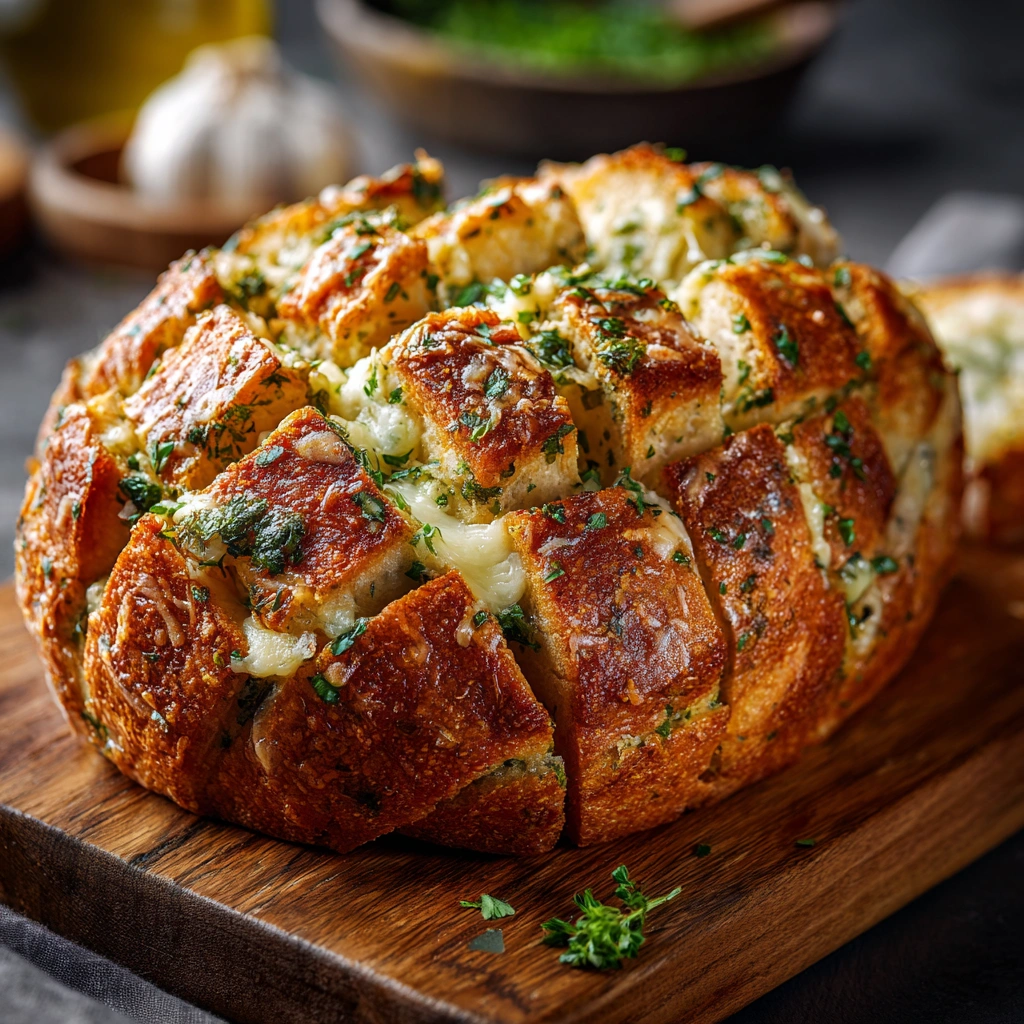
Popular variations to try
Italian herbs and cheese bread is endlessly adaptable. You can experiment with different additions to suit your taste or dietary needs.
For a Mediterranean twist, fold in chopped olives, sun-dried tomatoes, or roasted garlic. Adding crushed red pepper flakes gives a bit of heat, while a drizzle of herb-infused olive oil intensifies flavor.
For different textures, try using whole wheat flour for a nuttier taste or make a gluten-free version using a 1:1 gluten-free flour blend and xanthan gum.
You can also shape the dough into rolls, baguettes, or flatbreads. Flatbreads topped with cheese and herbs are perfect for dipping, while smaller rolls make great dinner sides or sandwich buns.
How to serve Italian herbs and cheese bread
This bread pairs beautifully with a wide variety of meals. Serve it alongside hearty soups like minestrone or creamy tomato basil. It also complements pasta dishes, particularly those with red sauces or creamy Alfredo.
It makes a standout sandwich bread—slice it thick and layer with meats, grilled vegetables, or fresh mozzarella and tomatoes. Toasted slices work well as the base for bruschetta or garlic bread.
For entertaining, serve it as part of a charcuterie board with cheeses, olives, and spreads. Its savory richness makes it a hit for breakfast too—try it toasted with eggs or avocado.
Storage, reheating, and freezing tips
To keep your bread fresh, wrap it tightly in foil or place it in an airtight container at room temperature for up to 3 days. Avoid refrigerating, as it can dry out the bread.
For longer storage, freeze it. Wrap the fully cooled loaf in plastic and then foil. It will keep in the freezer for up to 3 months.
To reheat, warm slices in a toaster or oven at 325°F (163°C) for 8–10 minutes to restore its fresh-baked texture.
Nutritional considerations
Italian herbs and cheese bread is rich in flavor but also contains moderate calories, fats, and sodium due to the cheese content. A typical slice contains approximately 180–220 calories, 7–9g of fat, and 300–400mg of sodium.
Using part-skim cheeses or reducing the amount of cheese topping can help lower these values. Adding herbs enhances flavor without increasing calories, while using whole wheat flour adds fiber and micronutrients.
For a healthier version, consider substituting some flour with whole grains, reducing the cheese, or opting for olive oil instead of butter. This way, you can still enjoy the savory appeal while making mindful choices.
FAQs — People also ask (based on Google)
What is Italian herbs and cheese bread made of?
It typically includes bread flour, yeast, olive oil, Italian herbs like oregano and basil, and cheeses such as mozzarella and parmesan.
What cheese is used in Italian herbs and cheese bread?
Common cheeses include mozzarella, parmesan, provolone, and asiago. They are often mixed for a balanced flavor and meltability.
Is Italian herbs and cheese bread healthy?
It can be enjoyed in moderation. It’s flavorful but contains saturated fat and sodium due to the cheese.
Can I make it gluten-free?
Yes, by using a gluten-free flour blend and adjusting liquid ratios, you can make a gluten-free version.
What herbs are in Subway’s Italian Herb and Cheese bread?
Subway typically uses oregano, thyme, parsley, and basil with a cheese blend baked on top.
Why does my bread turn out dense?
Dense bread often results from under-kneading, not enough rising time, or using old yeast.
Can I make it without yeast?
Yes, baking powder or baking soda can be used as alternatives, but the texture will differ from yeast bread.

Italian Herbs and Cheese Bread: Savory Secrets Revealed
Description
Soft, cheesy, and bursting with Italian flavor, this Italian herbs and cheese bread is a bakery-style loaf you can make right at home. With a golden crust, aromatic herbs, and a rich blend of melted cheeses, it’s perfect for sandwiches, pasta nights, or simply enjoying warm with butter. Whether you’re a beginner or seasoned baker, this recipe delivers reliable, flavorful results every time. Customize it with your favorite herbs or cheese combinations for a personal twist on this classic favorite.
Ingredients
- 4 cups all-purpose flour
- 1 packet 2¼ teaspoons active dry yeast
- 1¾ cups warm water about 110°F
- 1 tablespoon salt
- 1 tablespoon sugar
- 2 tablespoons dried Italian herbs like basil, oregano, thyme, and rosemary
- 1 cup shredded mozzarella cheese
- ½ cup grated Parmesan cheese
- Extra flour for dusting
Instructions
-
Step-by-Step Guide:
-
Prepare the Dough:
-
In a large mixing bowl, combine the warm water, sugar, and yeast. Let it sit for about 5 minutes until it becomes frothy.
-
Add the flour, salt, dried herbs, mozzarella, and Parmesan cheese to the yeast mixture. Mix until a sticky dough forms.
-
Knead the Dough:
-
Transfer the dough to a floured surface and knead it for about 8-10 minutes, until it is smooth and elastic. Add a little more flour if the dough is too sticky.
-
Proof the Dough:
-
Place the kneaded dough in a greased bowl. Cover it with a clean kitchen towel and let it rise in a warm place for about 1-2 hours, or until it doubles in size.
-
Shape the Bread:
-
Punch down the risen dough to release air. Shape it into a loaf or place it in a greased bread pan. Cover it again and let it rise for another 30 minutes.
-
Preheat the Oven:
-
Preheat your oven to 450°F (230°C). Place a shallow pan of water at the bottom of the oven to create steam.
-
Bake the Bread:
-
Bake the bread for 25-30 minutes or until it turns golden brown and sounds hollow when tapped. The internal temperature should reach 200-210°F.
-
Cool and Serve:
-
Let the bread cool on a wire rack before slicing. Enjoy it warm or at room temperature!
Notes
- Cheese options: You can swap out mozzarella or provolone for cheddar, asiago, or fontina depending on your flavor preferences. Avoid pre-shredded cheeses if possible—they don’t melt as well due to added anti-caking agents.
- Fresh vs. dried herbs: Dried herbs are more concentrated and work well in the dough. Use fresh herbs as a garnish or fold them in carefully to avoid too much moisture.
- Freezing: This bread freezes beautifully. Once fully cooled, wrap tightly in plastic wrap and foil. Thaw at room temperature and reheat in the oven before serving.
- Make it gluten-free: Substitute with a 1:1 gluten-free flour blend and add 1 tsp xanthan gum if your blend doesn’t already contain it. Expect a slightly denser texture.
- For sandwich bread: Shape into a loaf pan and bake slightly longer (30–35 minutes) for thicker slices ideal for sandwiches.
- Serving idea: Slice and toast with garlic butter, or serve with marinara or olive oil for dipping.


